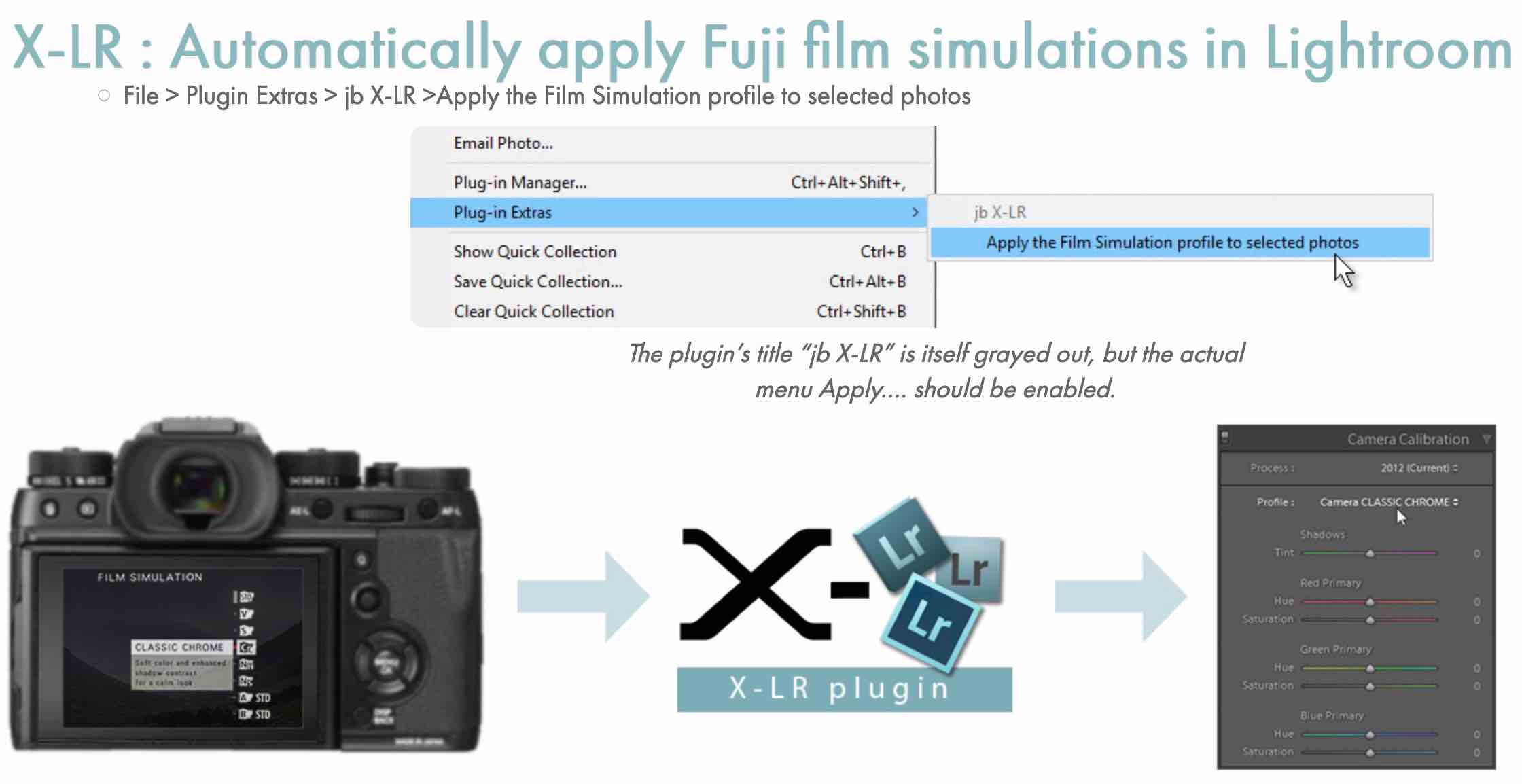
- #IRIDIENT X TRANSFORMER AND FUJIFILM FILM SIMULATION UPGRADE#
- #IRIDIENT X TRANSFORMER AND FUJIFILM FILM SIMULATION SOFTWARE#
- #IRIDIENT X TRANSFORMER AND FUJIFILM FILM SIMULATION PROFESSIONAL#
While you wanted to "to focus on the demosaicing part of post processing", to get more meaningful results, I suggest that you re enable default lens correction, sharpening, and possibly noise reduction, as these adjustments are significant in the conversion of RAW file data to a viewable image. I hope that you will find both of the tests useful. Everything else is in default settings and with default color profiles. Being an owner of an x-t20 and trying to find the best possible workflow quality wise, I decided to do some tests. Thread starter tuxx Start date Feb 4, Hi all, I am new to the forum and new to the fuji family.
#IRIDIENT X TRANSFORMER AND FUJIFILM FILM SIMULATION UPGRADE#
You should upgrade or use an alternative browser. It may not display this or other websites correctly. For a better experience, please enable JavaScript in your browser before proceeding. It is an attempt at creating a standard, and universal format for RAW image data.Forums Latest posts. It was the fact that RAW files from different cameras are all different and incompatible formats that led Adobe to come up with the DNG specification.
#IRIDIENT X TRANSFORMER AND FUJIFILM FILM SIMULATION SOFTWARE#
It is because all manufactures use different formats for their RAW files that software has to be updated every time a new camera comes out in order to add support for that camera. In the case of Fuji, the raw file uses the. When you take a RAW file, the information from the sensor is basically dumped directly onto the memory card, along with metadata information, into a file. When you take a photo on your camera, information coming from the sensor has to be recombined by taking the information about how much light is hitting each sensor elements with the predetermined layout of the filter array, to create an image. On a traditional sensor this is called a Beyer pattern, but Fujifilm came up with their own layout, which they call X-Trans. The way the red, green and blue elements are arranged on the filter is in a very specific pattern. Think of it as kind of like how an ink jet printer makes an image, from individual colour dots of ink, only it works in reverse. These let only hight of a certain colour through to the photosite underneath, so while the photosites are just capturing light, it is light that is filtered so that it only contains one of the primary colours. This filter is made up of a grid of colour elements, each consisting of either red, green or blue. These photosites just capture the amount of light hitting the sensor at that point. The first thing to understand is how the sensor in a digital camera captures image information. This may be a little geeky for the average person, and you may want to skip over this section if you already know this information, however, you may still find this useful. By using Iridient X-Transformer, you bypass this stage of the development process and are therefore able to use Lightroom as normal, but still get the advantage of using an alternative raw converter. Some of this can be alleviated by sharpening and other techniques, however, the root of the problem is at the heart of the processing that Lightroom does when it converts a RAW file to a normal image file. They may also exhibit false detail on certain types of patterns in an image. Specifically, Fuji files processed in Lightroom can have problems with fine repetitive detail being smeared and with edge artifacts on fine detail. If you're reading this you may already know the answer to that question, but let me elaborate anyway. Iridient X-Transformer is an application from the makers of Iridient Developer.



So here is an extract from my X-Transformer book where I outline what the software does and why you might want to use it.

I got a number of questions after posting this, with a number of people still unsure as to why one would want to use this software in the first place.
#IRIDIENT X TRANSFORMER AND FUJIFILM FILM SIMULATION PROFESSIONAL#
Thomas is a professional fine art photographer and writer specialising in photography related instructional books as well as travel writing and street photography.


 0 kommentar(er)
0 kommentar(er)
